Why wait?
Start small, roll out big—that is where the gain lies
Standardise
By standardising materials, processes and dashboards, a housing association can tackle hundreds of homes in the same rhythm. You minimise failure costs and save valuable time in procurement and execution.
Automate
Smart software collects and links data from inspections, BIM models and sensors. Thanks to that automation, decision-making takes days instead of months because all information converges in real time.
Integrate
Design, planning, execution and monitoring take place on one integrated platform. That prevents silos—think of it as a digital bridge between contractor, installer and client.
Scale up
Once the first tranche is completed, you repeat the approach in modules. Each new complex benefits from the learning curve of the previous one, allowing you to upgrade faster and more sharply.
Think of it as a train that never stops—that is the best way to picture large-scale sustainability upgrades..
The power of repetition

Better, cheaper, smarter with every round
Less debate, more progress
Developing a standardised product-market combination once and for all prevents endless debates about insulation values or heat-pump types. It saves meeting time—and headaches.
Learning from data, not gut feeling
Sensor data immediately shows which measures truly deliver results. I notice many teams still steer on assumptions; with serial data feedback that is no longer necessary.
Residents as allies
In practice you often see support grow when the second or third street benefits. Residents hear enthusiastic neighbours— and they follow suit.
Lower failure costs through repetition
Shorter lead times thanks to standard procurement
Performance figures always up to date
Resident communication becomes copy-paste
How do you navigate large-scale sustainability upgrades?.
Here is a step-by-step approach to implement serial sustainability upgrades without getting bogged down in complexity.
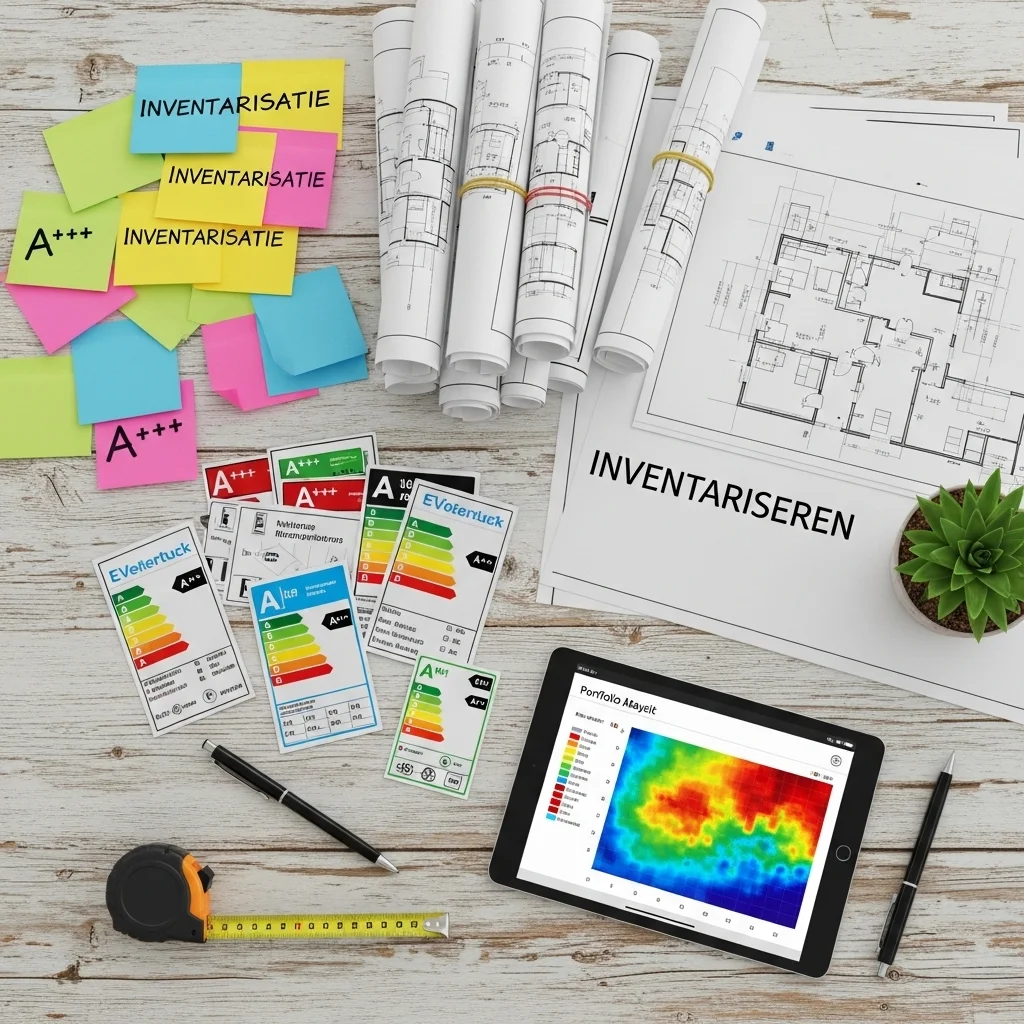
Step 1: Inventory.
A quick yet thorough baseline assessment records the construction years, installations and labels in the portfolio. You do not need every detail; 80% certainty is enough to start clustering.
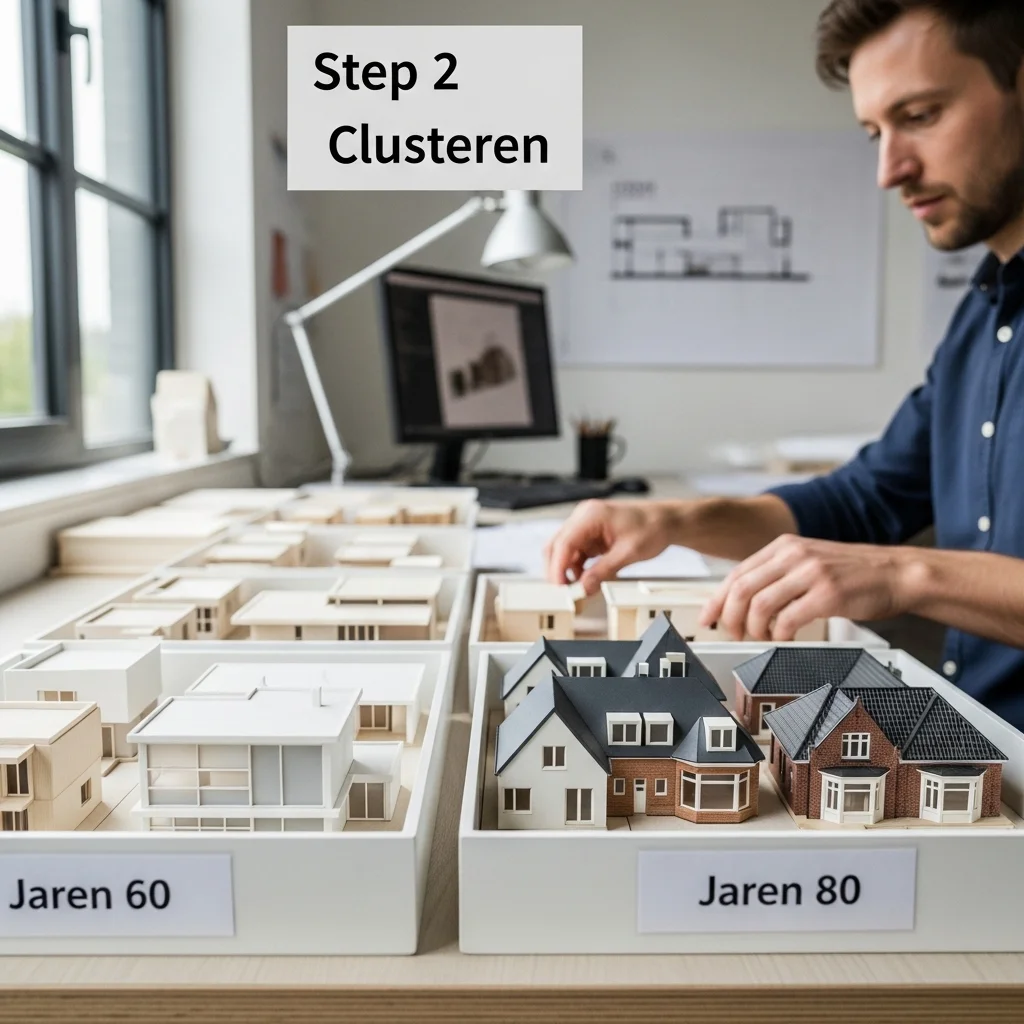
Step 2: Cluster.
Group homes with comparable building physics. Think "1960s walk-up flat" or "1980s terraced house". This avoids bespoke overkill and lets you prepare standard solutions.
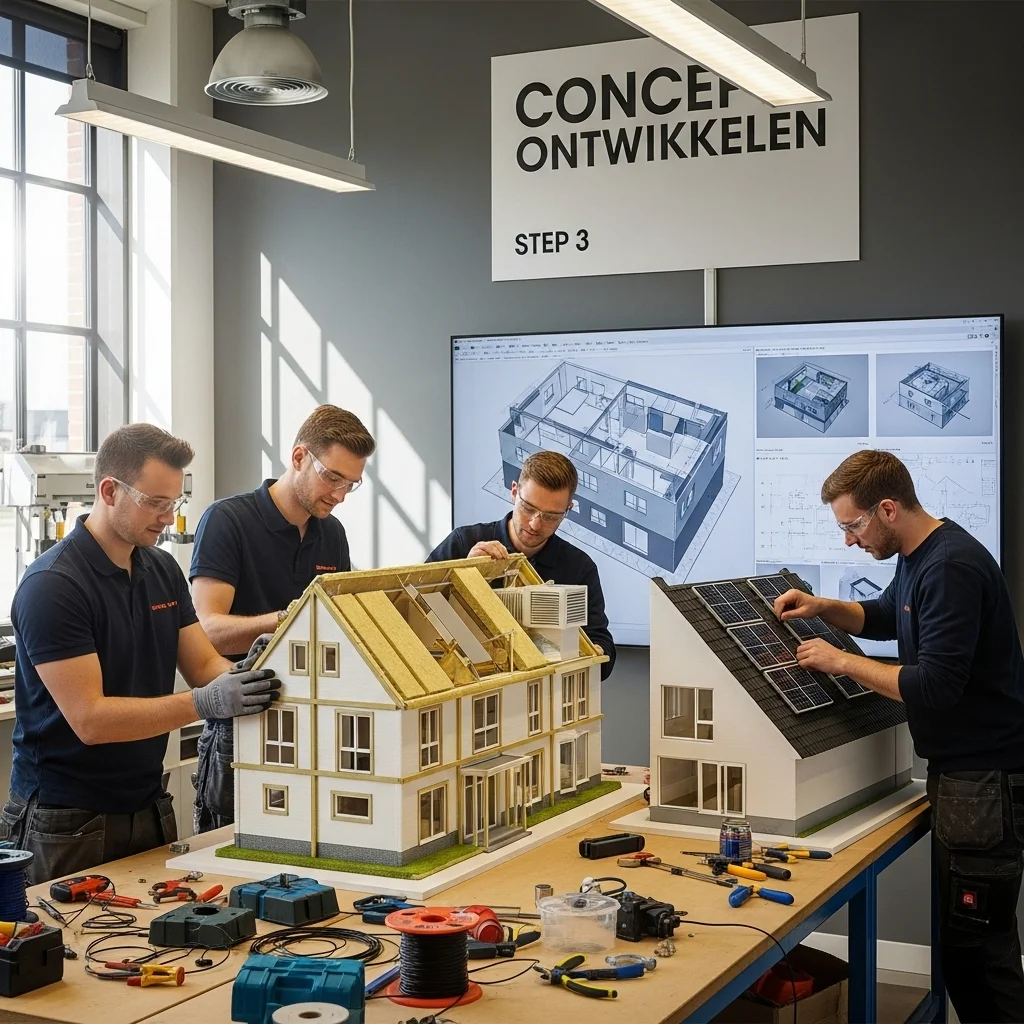
Step 3: Develop concept.
For each cluster, choose a compelling combination of insulation, ventilation and generation. Sometimes you insert a sub-step: "validate concept with pilot residents". Feedback here prevents extra work later.
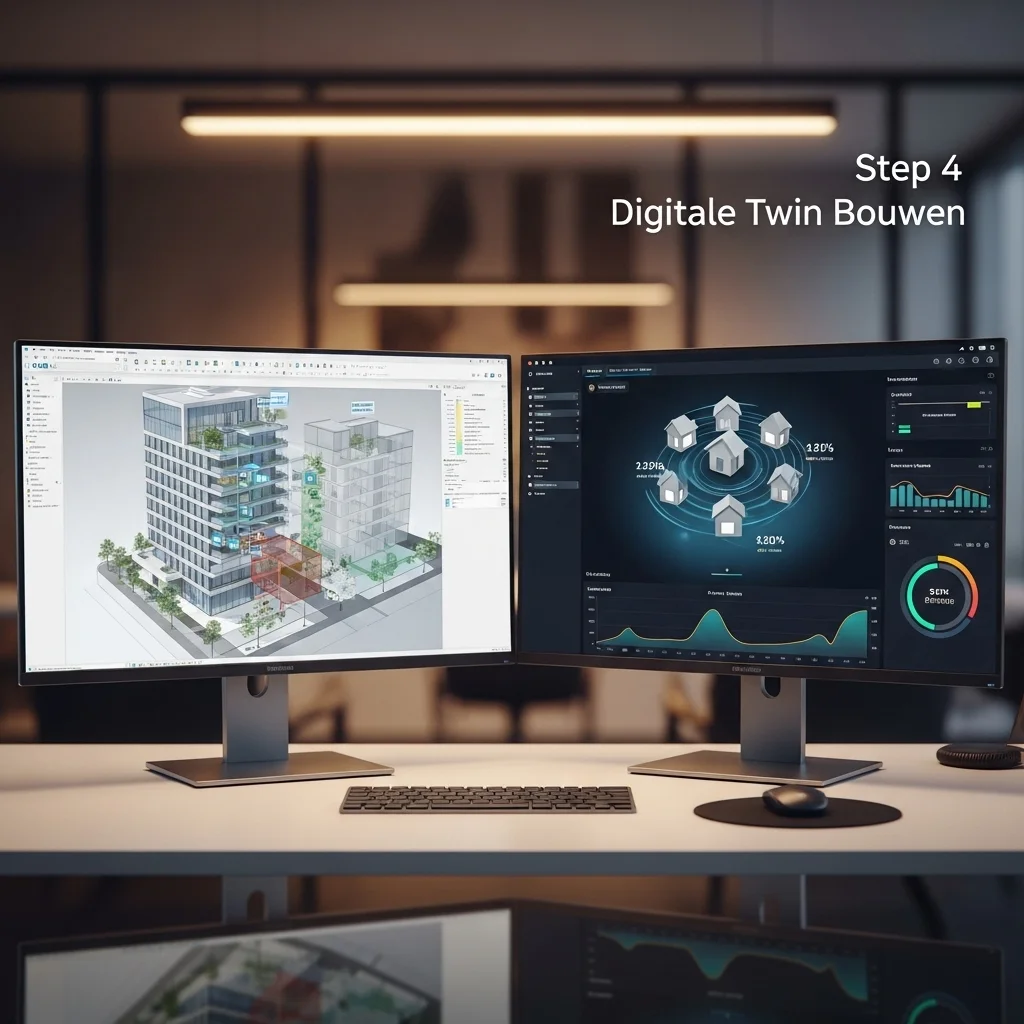
Step 4: Build a digital twin.
A lightweight BIM model and live data from smart meters create a digital mirror of each cluster. This model serves as a calculator for energy savings and a planning tool for the contractor.
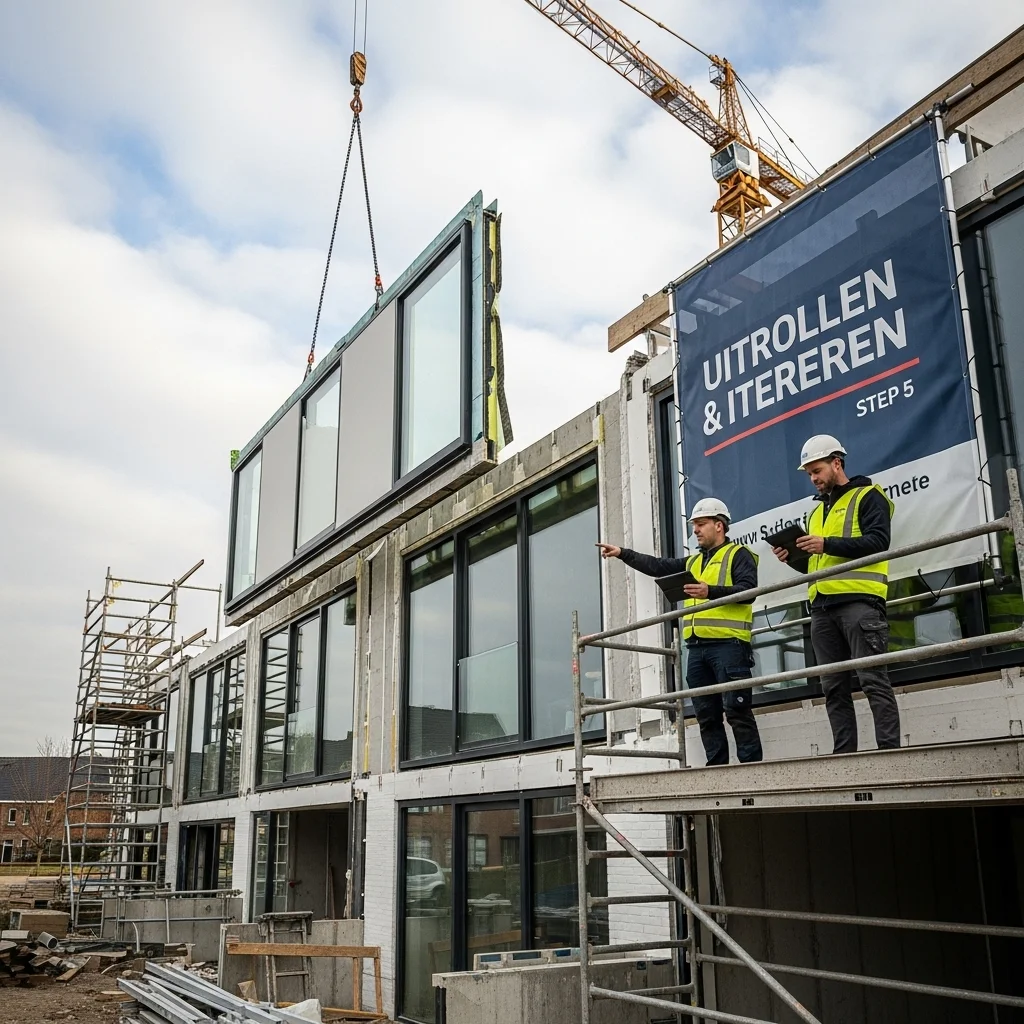
Step 5: Roll out & iterate.
The execution crew uses prefab façade and roof elements to finish each home within one working week. After completion, performance is monitored and lessons learned are fed straight back into the model.
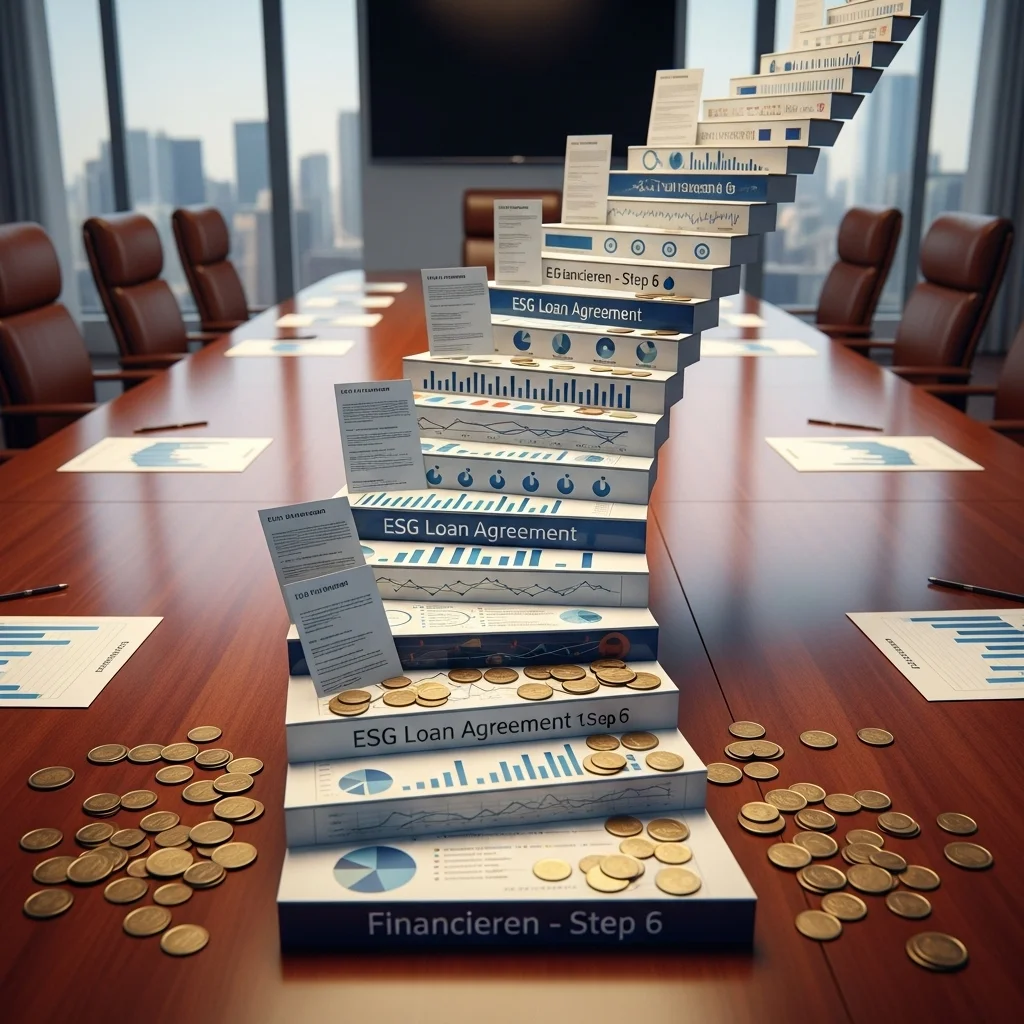
Step 6: Finance.
A business-case stream runs in parallel to the technology. Serial structures let you stack funding: own capital, subsidies, ESG loans. Cash flow stays healthy even when interest rates fluctuate.
A philosophical look at scale

Why bigger can sometimes be more humane
Some consider scaling up impersonal. Yet large-scale sustainability upgrades are precisely about making comfort and low energy bills accessible to the masses. You could argue that scale is the democratisation of sustainability.
The ethics of repetition
Every repetition forces us to eliminate waste. In fact, serial processes make mistakes visible—and therefore easier to solve.
Time versus impact
By scaling faster, emission reduction accelerates exponentially. We remain responsible for diligence, but time pressure is no longer the enemy—rather a catalyst.
Practical tips from the field

What you can apply tomorrow
Ready to pick up the pace? Start with these concrete actions.
Create a template framework agreement
Record materials, prices and quality criteria
Add a dynamic price matrix for indexation
Use open standards so multiple partners can sign on
Set up a single data hub
Centralise EP data, maintenance logs and resident feedback
Automate reports to subsidy portals
Link the hub dashboard to Power BI for visual progress
Create an error log
Note every failure moment—no matter how small
Reflect weekly with the entire chain
Adjust SOPs immediately, not at the end of the project
Critical note
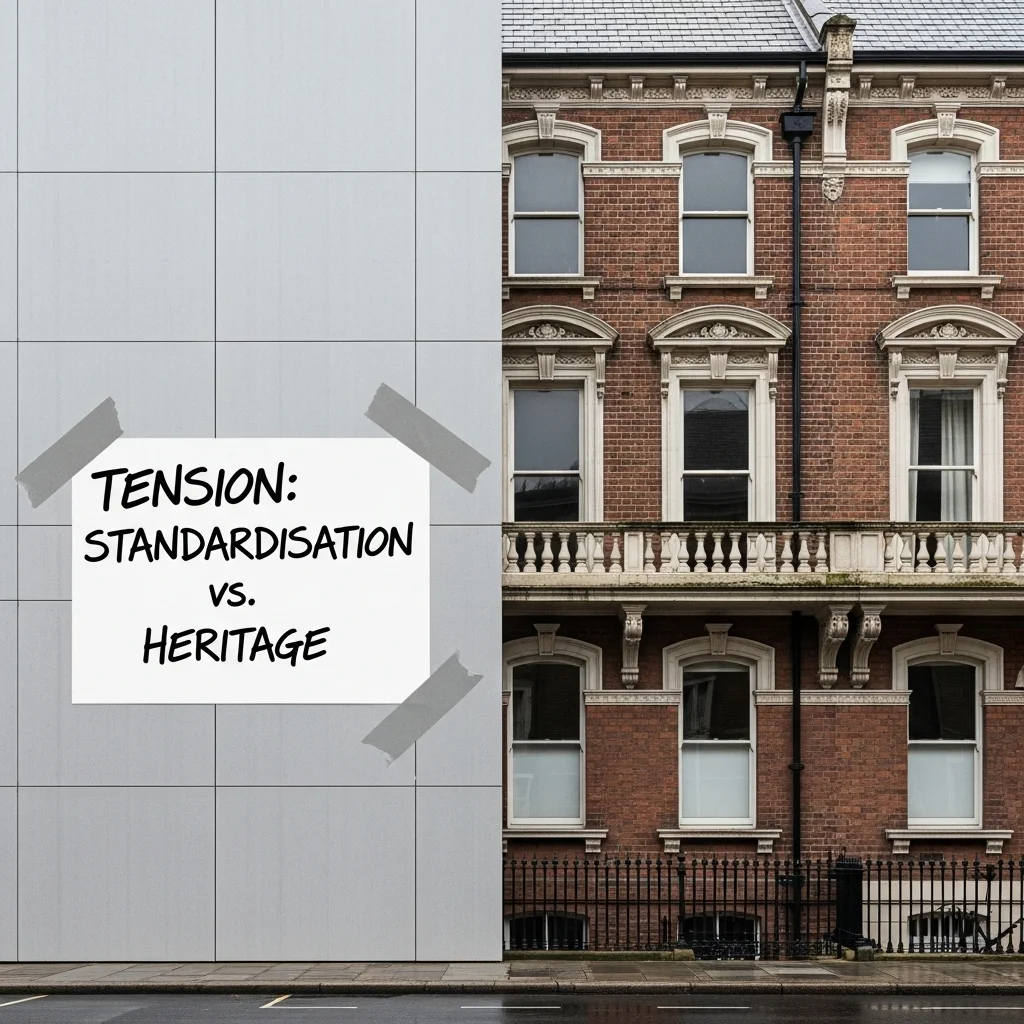
Where seriality can pinch
Let us be honest: not everything can be standardised. Listed buildings sometimes require bespoke solutions, and residents with health issues cannot simply live in the cold for a week.
Design freeze can hamper innovation
If you lock everything in too early, you miss technological leaps halfway through the programme. Flexible variant management is therefore indispensable.
Financial lock-in
Long-term contracts may feel safe but can turn unfavourable if material prices fall. Keep an exit clause up your sleeve.
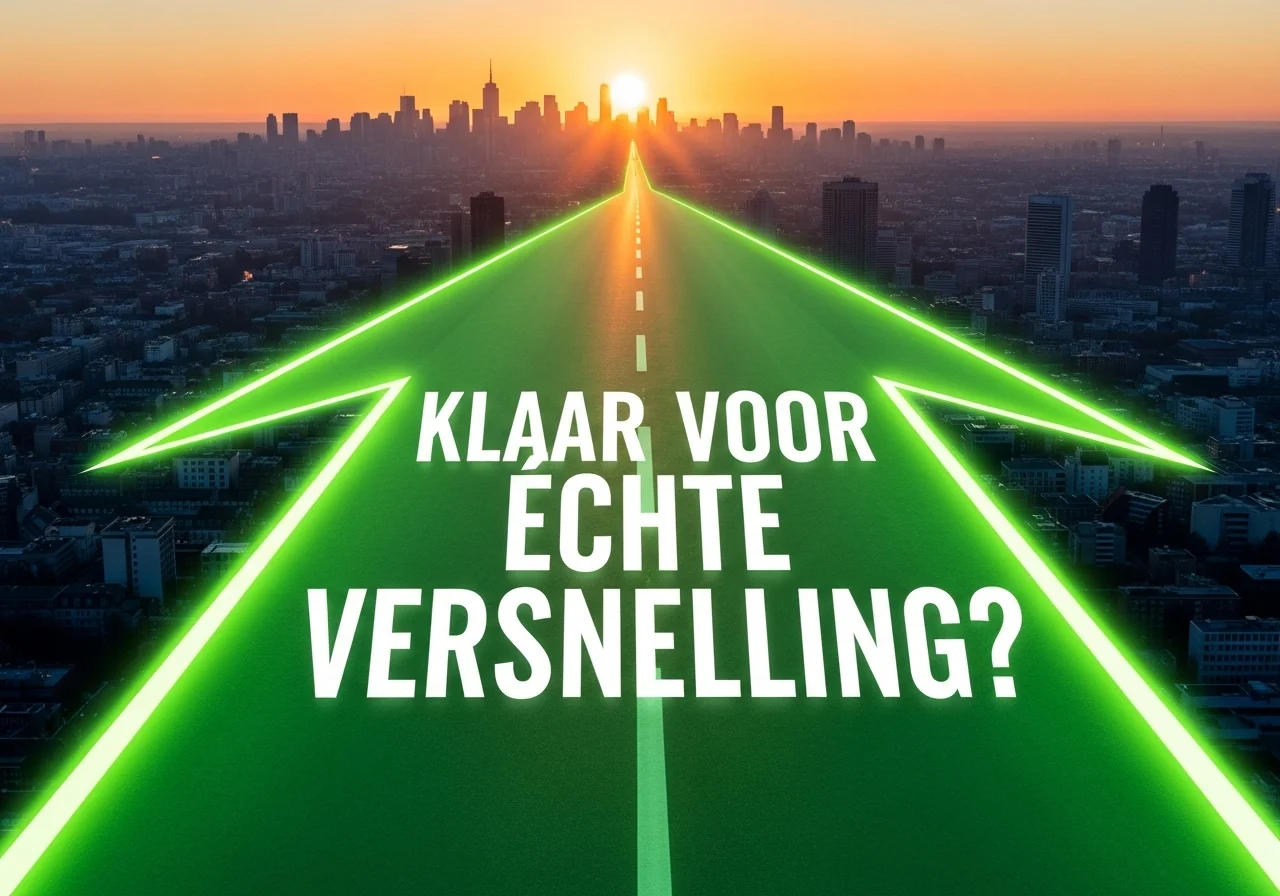

Ready for real acceleration?
Let us spar about your portfolio—no strings attached—because the first step is often a good conversation. No sales pitch, just a joint look at how serial sustainability upgrades can bring your goals closer.
Frequently asked questions
Practical answers to the questions we hear most often.
What exactly do you mean by large-scale sustainability upgrades? 🤔
We mean making housing clusters or commercial buildings more sustainable in a repeatable, standardised way. Think of one blueprint that you apply time and again, while data continuously fine-tunes the process.
Isn't it cheaper to do bespoke work for each building?
Bespoke work may look attractive in the short term. Yet economies of scale in purchasing, planning and the learning curve usually make serial programmes cheaper and faster over the full cycle.
What about resident disruption? 😬
Through prefabrication and tight logistics we limit the intervention to a few days. Communication starts weeks in advance; residents know exactly when each team will arrive.
Can you guarantee that the energy labels will really improve?
Guarantee is a big word, but by linking energy simulations to real-time sensor data in advance we achieve very accurate predictions. If reality deviates, we adjust immediately.
Which subsidies are available? 💶
That varies each quarter. Popular schemes include SEEH and SCE, and regional funds also play a role. Our financial advisers maintain an up-to-date subsidy sheet so you do not miss out.
How long does the preparation stage usually take?
There is no one-size-fits-all. A small portfolio can be ready for roll-out within two months, while larger associations may need six months to get all internal lights to green.
Are large-scale sustainability upgrades only interesting for housing associations? 🏢
Certainly not. Care institutions, municipal real estate and even homeowners' associations can benefit, as long as there is enough uniform stock to create scale.
What if new legislation derails the approach?
Working modularly makes upgrades relatively easy. An extra PV panel, a more sustainable heat pump—the base remains, you swap the modules. That keeps the programme future-proof.

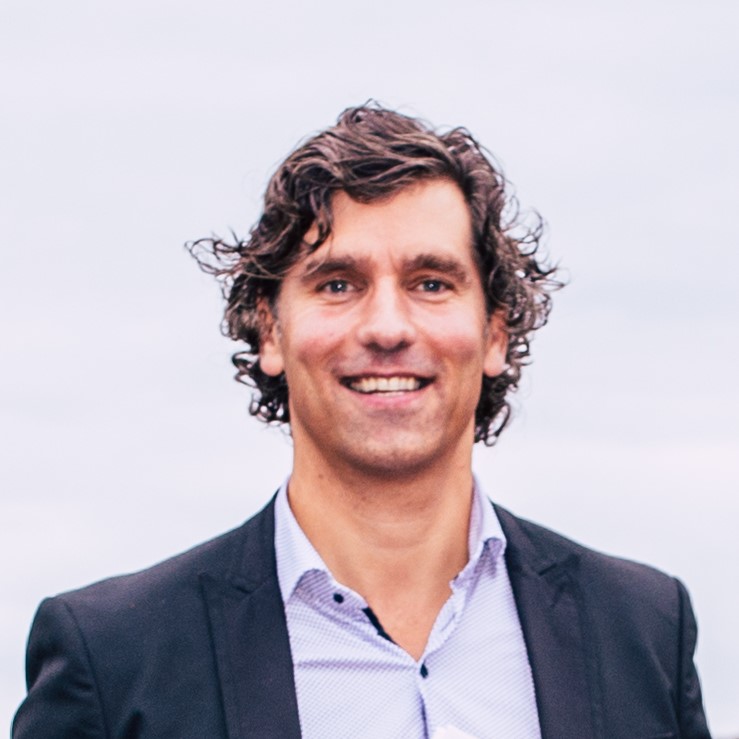
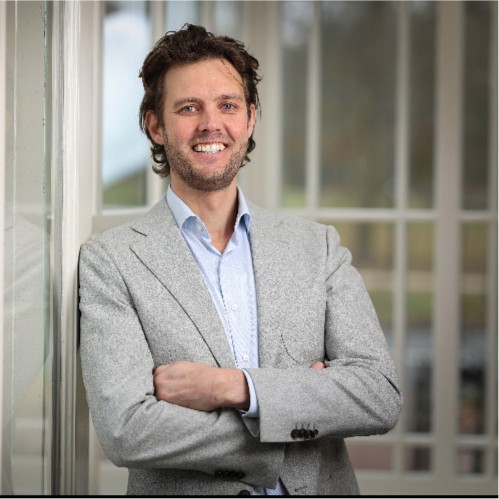






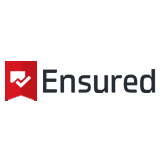
.webp)
